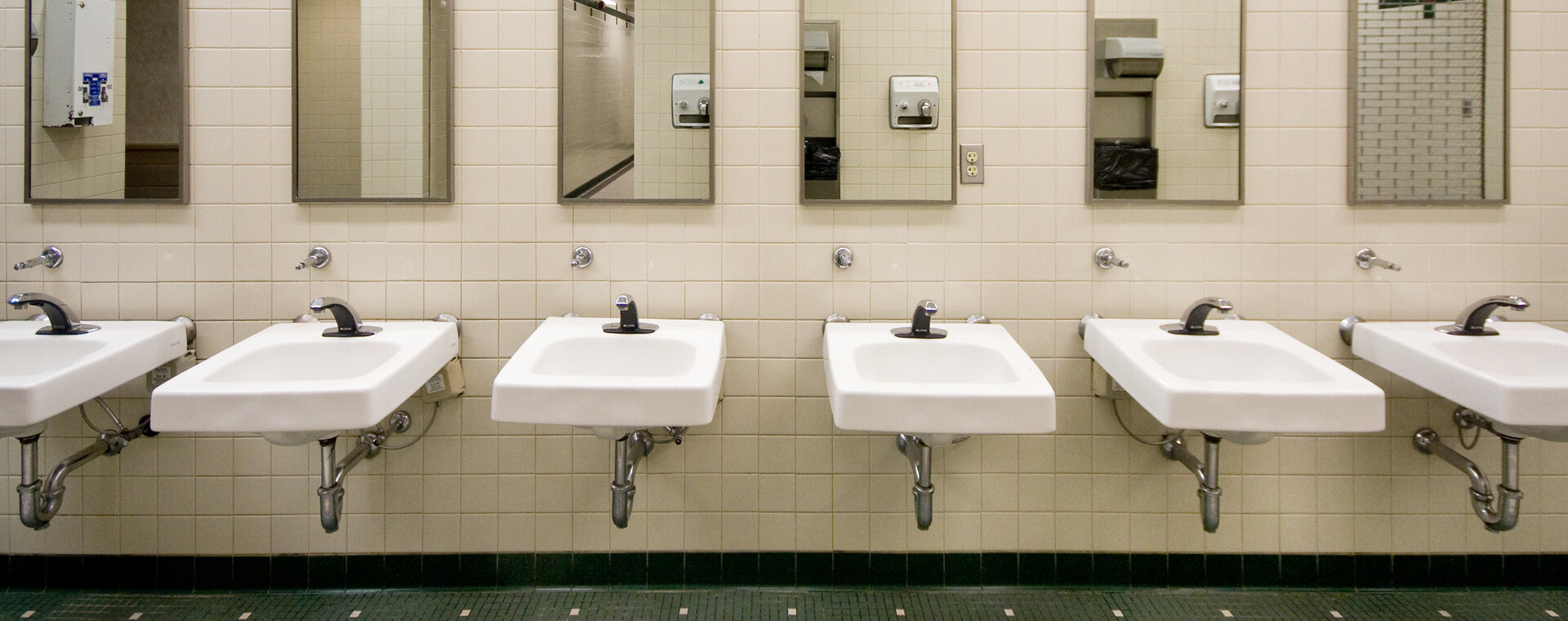Find and fix leaks inside your business
Most leaks are relatively easy to find and most likely to be in toilets, urinals and taps. As you’re paying for all the water you use, finding and fixing leaks will reduce your bill and save money.
Here’s where to start
Urinals
Taps
Help repairing your leak
If you find a leak on your premises, it’s your responsibility to get this repaired and you may need to ask a plumber to do this. If you don’t already have one, you can find an approved plumber in your area at watersafe.org.uk
Find a plumberIf you do find and fix a leak, you may be eligible to claim back the cost of the water lost. You can read more here.
If you can’t find a leak, but suspect you have one, it may be worth contacting your water retailer to see if they offer a leak detection service.
Could you have a leaking outdoor supply pipe?
If your meter is located outside your premises and you’ve checked your internal plumbing for any leaks but found nothing, then you might have a leak on your outside supply pipe.
Find out moreOther ways to save water in your business
You can also download our leaflet (PDF 1,735 KB opens in a new window) if you would prefer to print a copy of this guidance for your employees.
